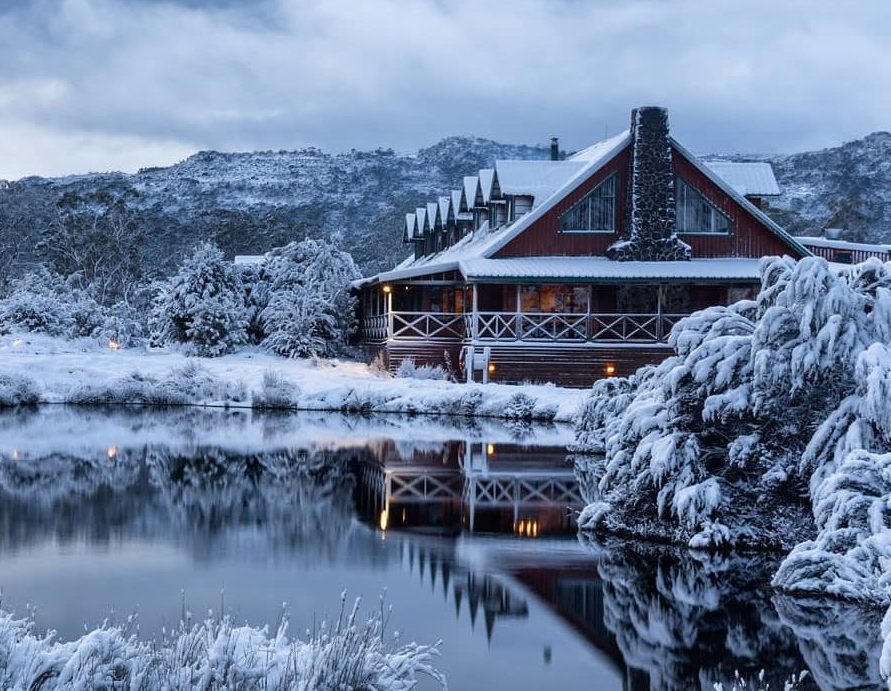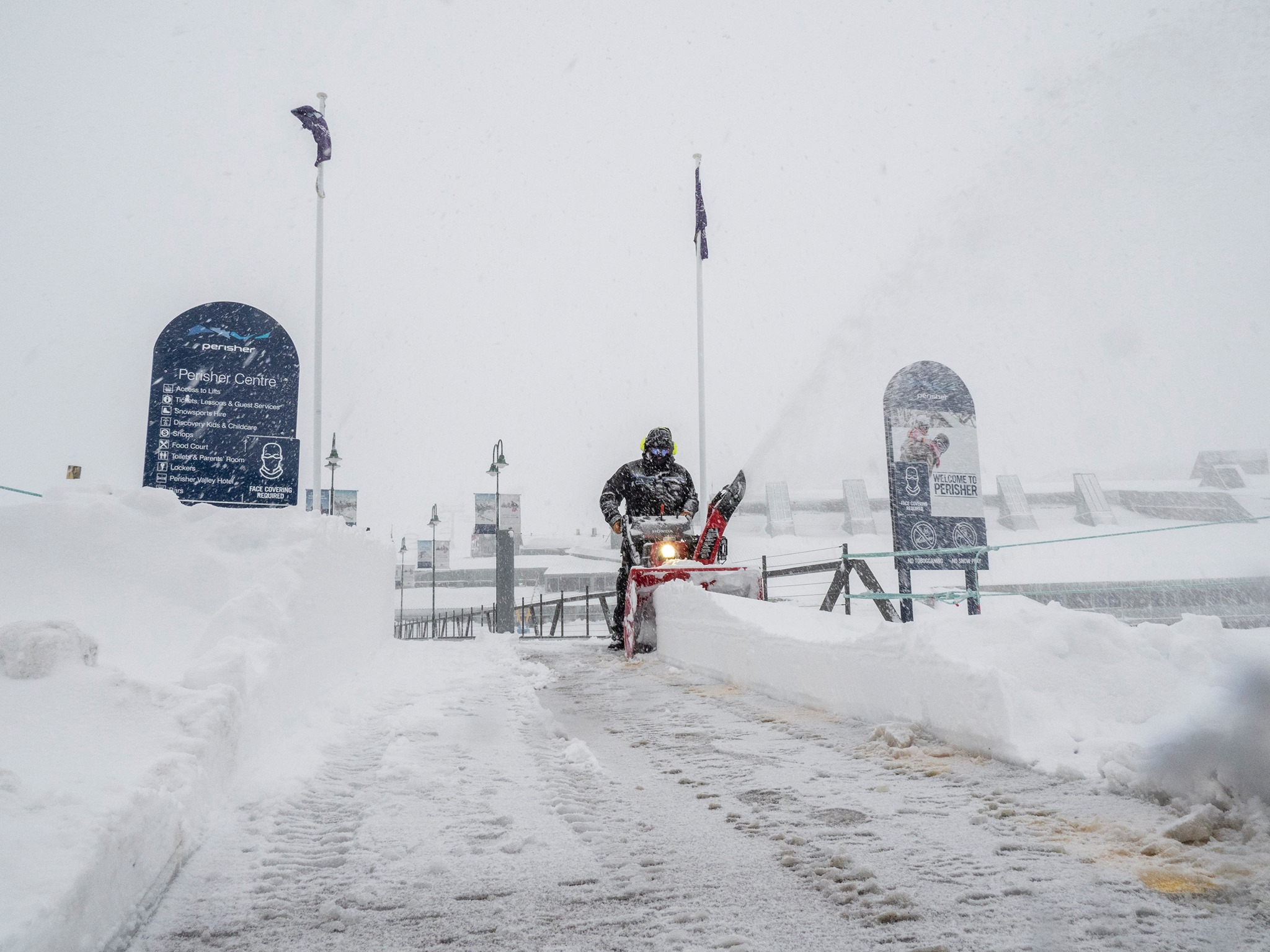Explore About the Most Visited and Snow-Covered Destinations In Australia
Explore About the Most Visited and Snow-Covered Destinations In Australia
Blog Article
Discover the Interesting Impacts of Snow in Australia on Neighborhood Ecological Communities
Despite its reputation for sun-soaked landscapes, Australia additionally flaunts regions blanketed by snow-- a sensation that profoundly influences the nation's distinct communities. The protecting buildings of snowflakes shield vegetation and animals among the coldest wintertimes, while the melting snow nurtures rivers and marine life. The genuine marvel lies in just how these icy conditions shape the nation's biodiversity and nutrient cycles. As we unravel this elaborate connection, we find ourselves walking on unexplored premises in Australia's high nation.
The Unexpected Areas of Snowfall in Australia
The high country areas of New South Wales, Victoria, and Tasmania are particularly recognized for their wintertime snow. The Snowy Mountains in NSW, for circumstances, obtain plentiful seasonal snow, offering a raw contrast to the nation's normal hot, arid environment. The visibility of snow in these areas substantially affects regional communities, consequently impacting the nation's distinct biodiversity.

How Snow Impacts Australia's One-of-a-kind Flora
These plants have actually developed to survive in extreme conditions, with snow serving as a protective blanket from freezing temperatures and rough winds. The snow additionally adds to the wetness content of the soil, supplying required hydration for plant life during the dry summer season months. In essence, the snow influences the timing of blooming and seed dispersal, the development prices, and the survival of numerous plant varieties, showcasing the detailed interaction in between climate and flora in Australia.

The Adaptations of Australian Fauna to Snowfall
Simply as Australia's vegetation has adapted to the wintery conditions, the local animals as well, display impressive adjustments to the snowfall. Variety like the Mountain Pygmy-possum, the only Australian marsupial known to hibernate, have progressed techniques to endure in snowy settings. It uses the snow as insulation, hibernating in rock crevices beneath the snow to stay warm. The Snow Skink, a types of reptile, transforms its colour to white throughout winter season, supplying camouflage versus predators. Birds such as the Snowy Hills' Crimson Rosella likewise readjust their diet plans to consume offered food resources throughout colder durations. Therefore, despite the extreme problems, Australian fauna shows a durable and adaptive nature, ensuring their survival in regions experiencing snowfall.
The Role of Snow in Shaping Regional Environments
In forming the regional ecological communities, the function of snow in Australia is both extensive and multilayered. It affects the circulation of flora and fauna, mainly defining the biodiversity of sub-alpine and towering areas. Snow offers an essential water source, feeding rivers and reservoirs as it melts, thus supporting a range Snow In Australia of aquatic life forms. Additionally, snow functions as an insulator, shielding ground-dwelling microorganisms from severe cold. In a similar way, it plays a considerable duty in soil development and nutrient cycling. The routine freezing and thawing of dirt induced by snowfall promotes the malfunction of rocks, boosting soil fertility. Consequently, the existence of snow forms the plants patterns, pet behavior, and general sustainability of Australia's special environments. Snow In Australia.

The Future of Snowfall in Australia: Predictions and Ramifications

Given the critical duty snow plays in forming neighborhood communities, the future of snowfall in Australia is attracting enhancing interest from researchers and environmentalists. Current climate designs forecast a substantial decrease in snowfall due to international warming, with potentially profound effects on regional communities. Less snow could lead to lowered water availability in towering areas, negatively impacting wildlife habitats and plant life. Moreover, it could change the timing of seasonal modifications, interfering with the life cycles of numerous indigenous species. The tourism market, heavily reliant on the winter months snow season, might additionally face significant obstacles. Comprehending these forecasts and their ramifications is vital to establish effective preservation strategies, guaranteeing the conservation of Australia's one-of-a-kind biodiversity and the sustainability of its economy.
Final Thought
The duty of snow in Australia's ecological communities is crucial yet typically overlooked. Hence, the snow in Australia is more than an all-natural spectacle; it's a vital player in the country's ecological story.
Despite its credibility for sun-soaked landscapes, Australia likewise flaunts areas blanketed by snow-- a sensation that profoundly affects the country's unique environments. It utilizes the snow as insulation, hibernating in rock gaps underneath the snow to stay warm - Does Australia Get Snow.In shaping the regional ecological communities, the role of snow in Australia is both profound and multilayered. The existence of snow shapes the vegetation patterns, pet behavior, and total sustainability of Australia's distinct environments
Provided the crucial duty snow plays in forming neighborhood ecological communities, the future of snowfall in Australia is attracting raising interest from scientists and ecologists.
Report this page